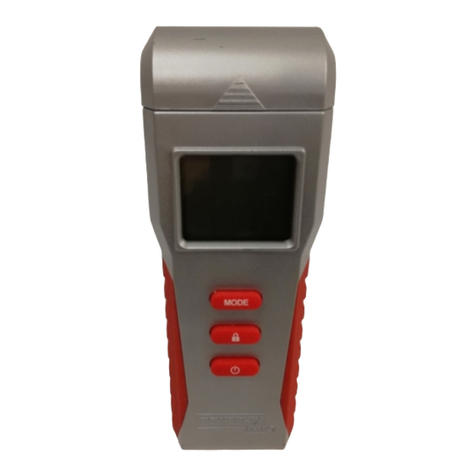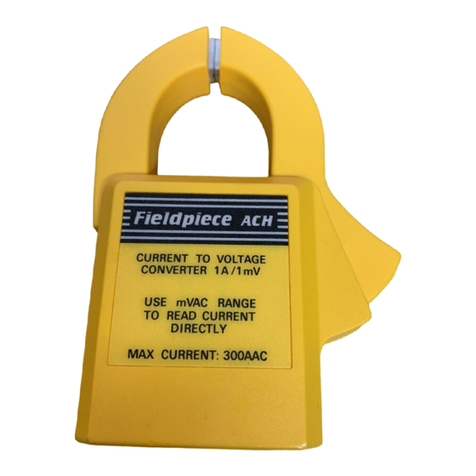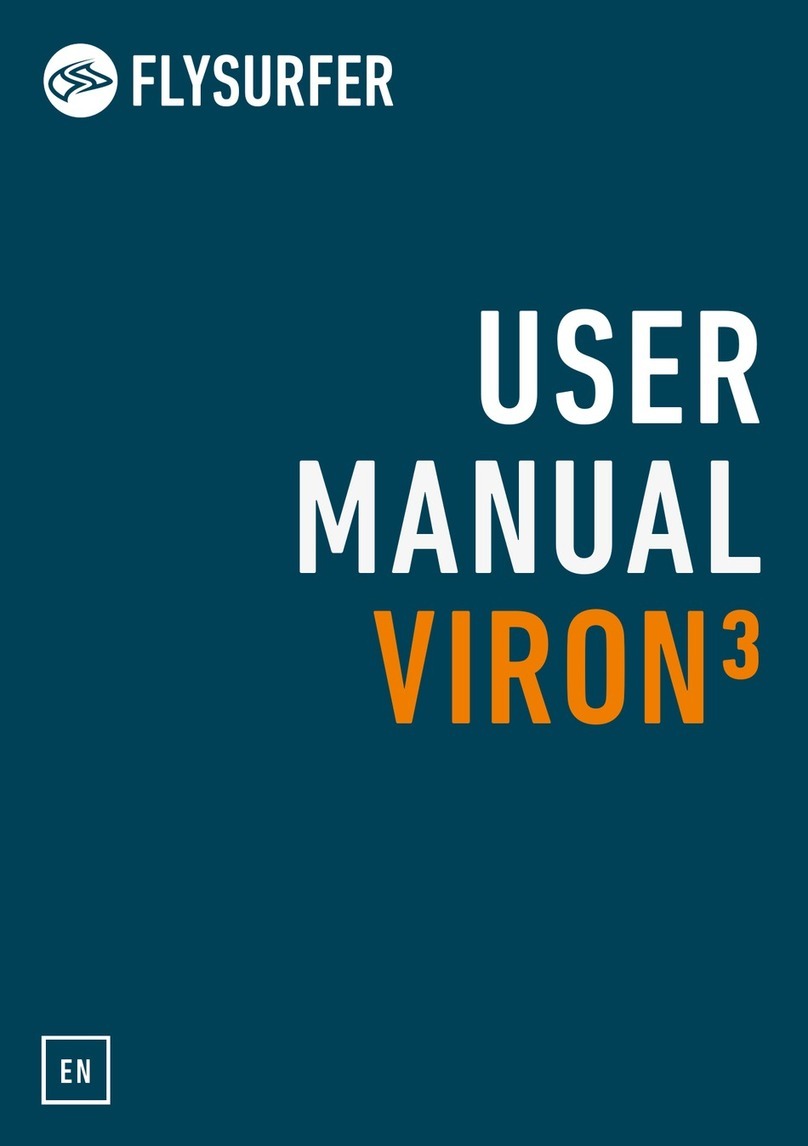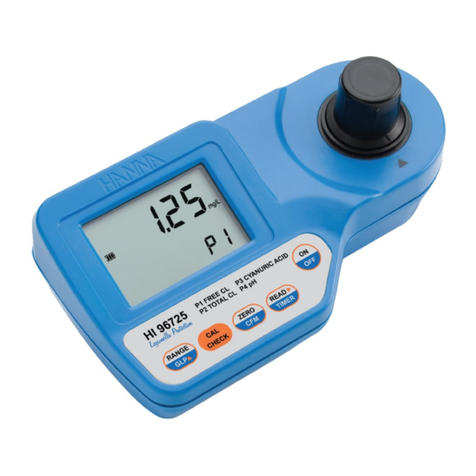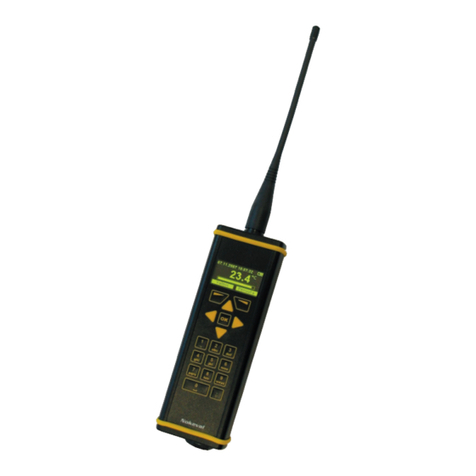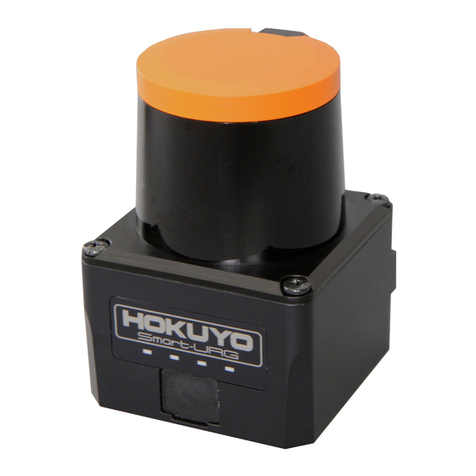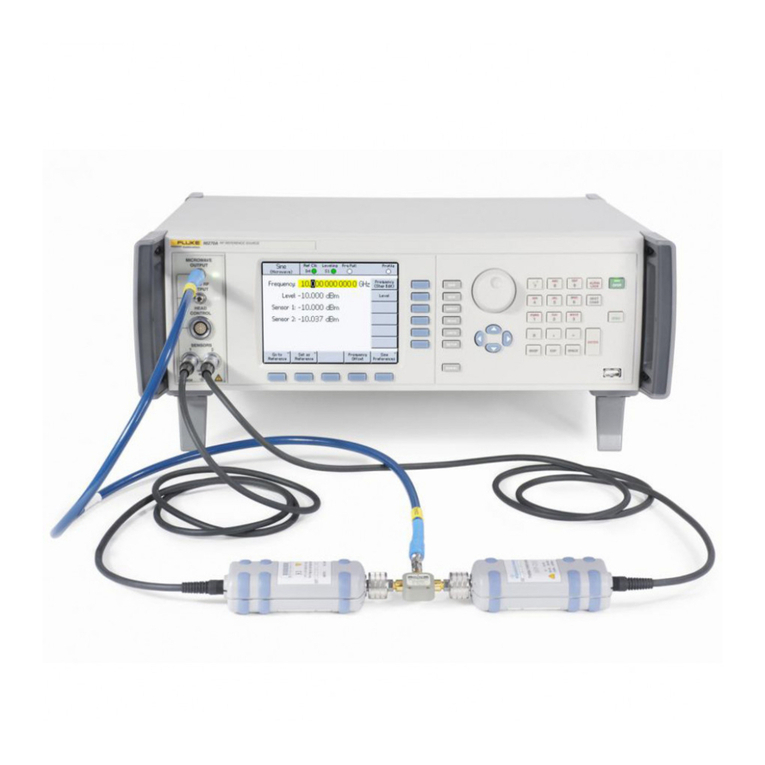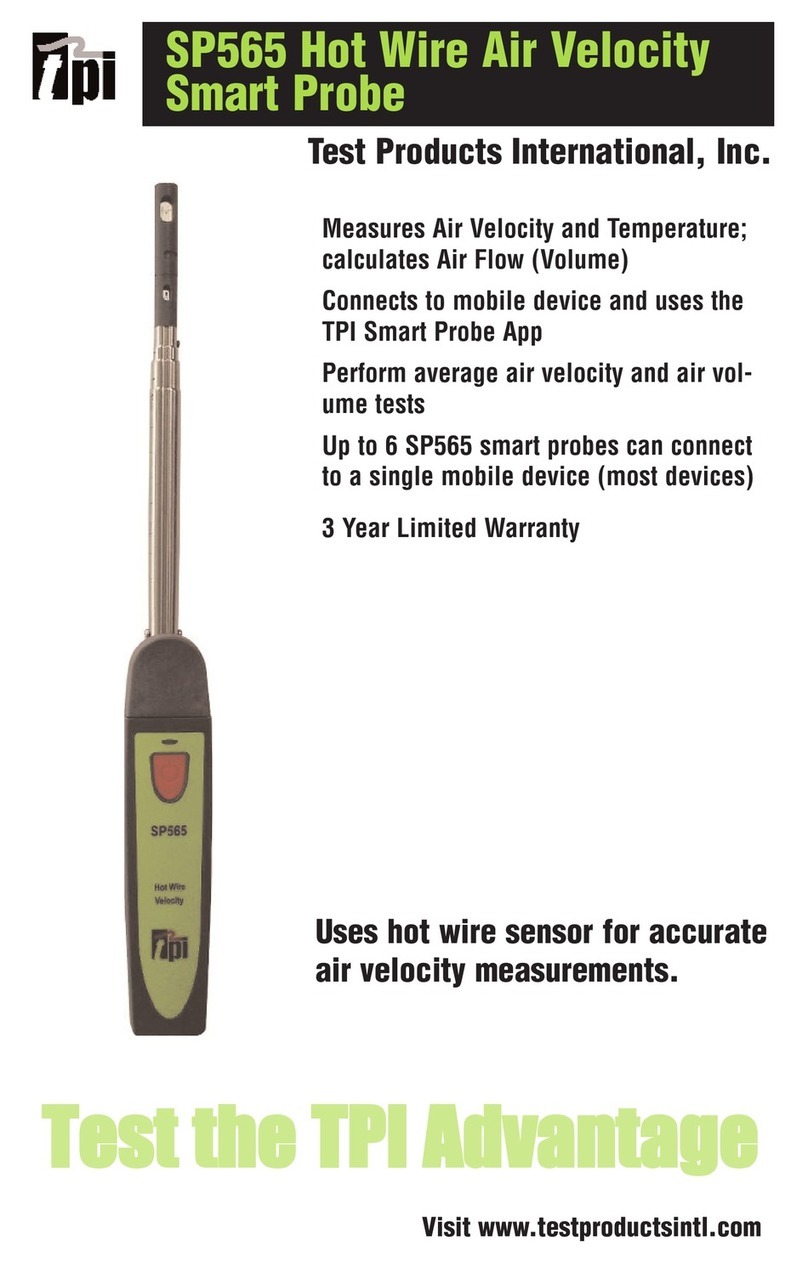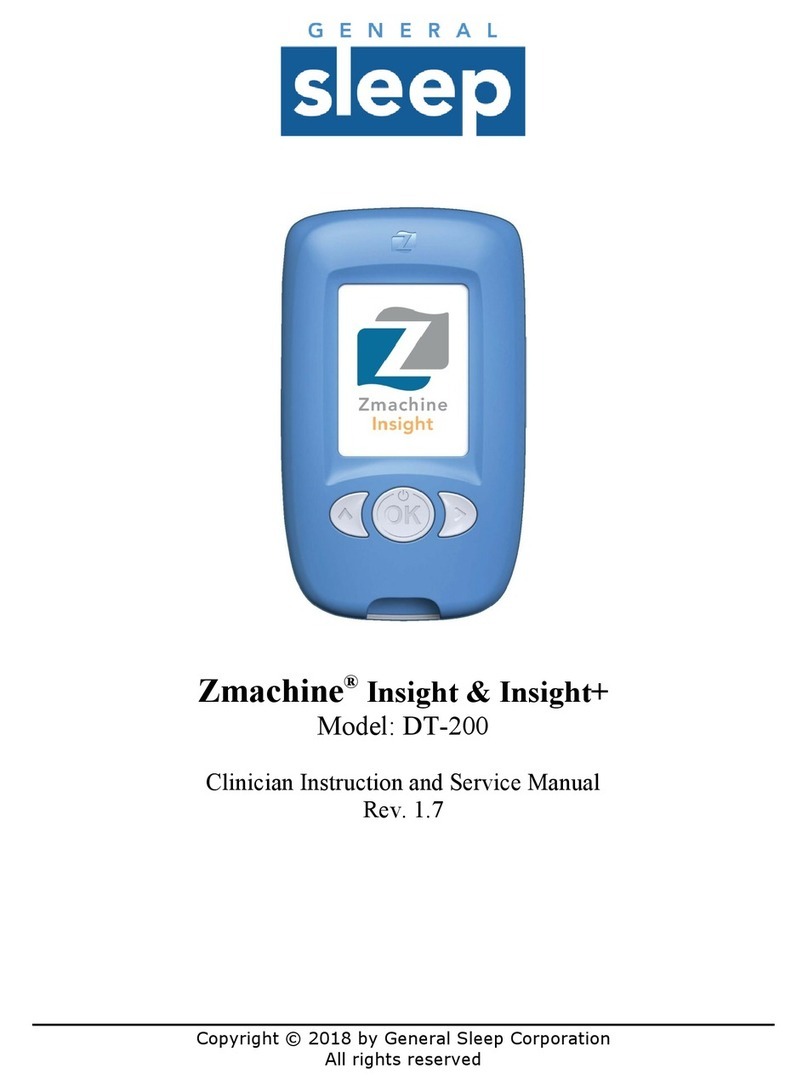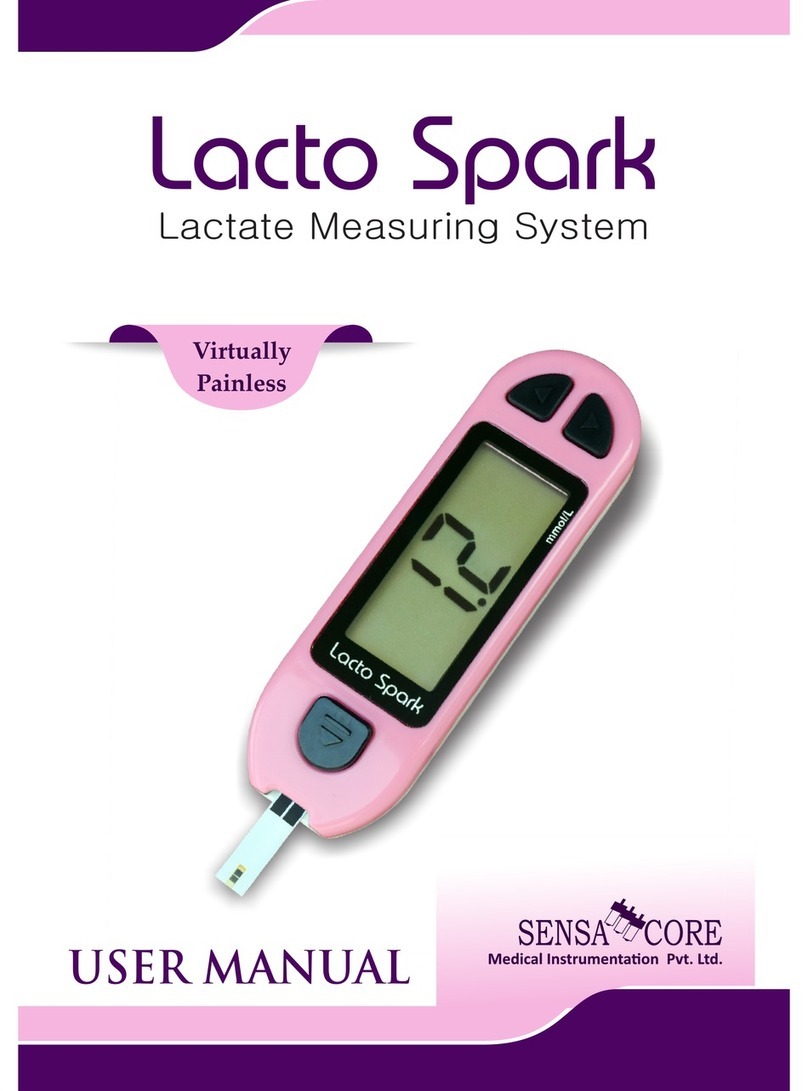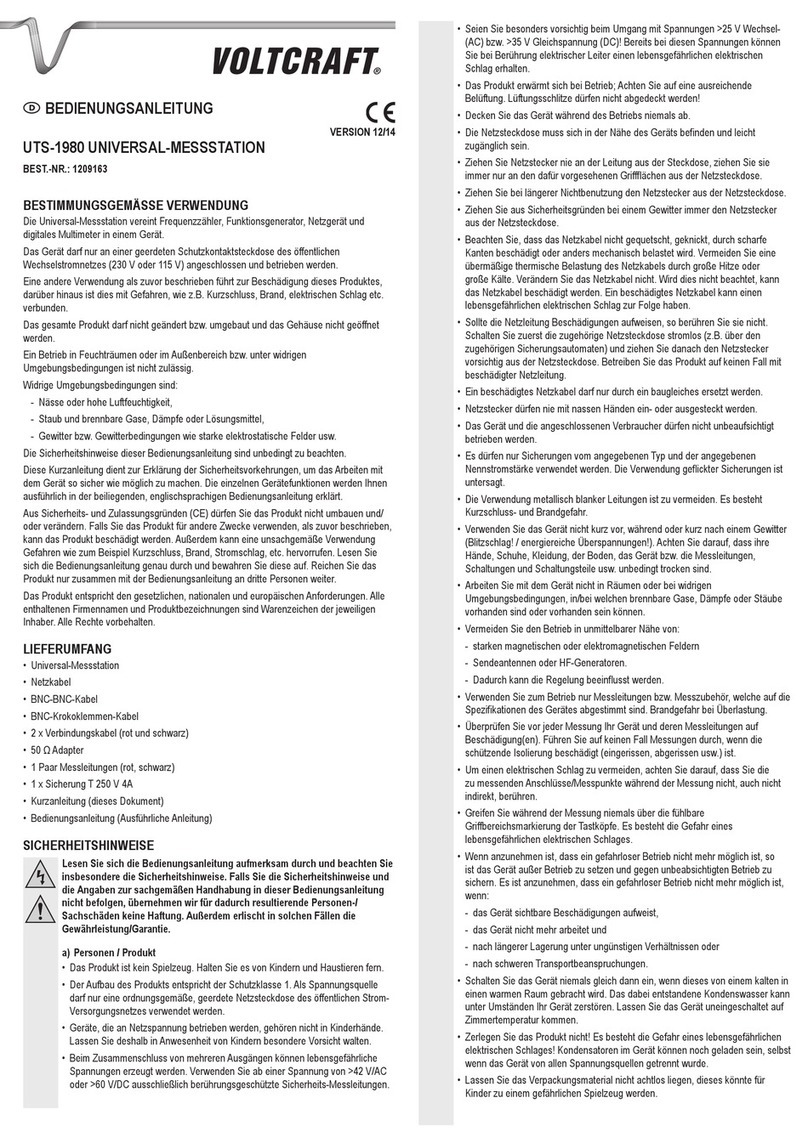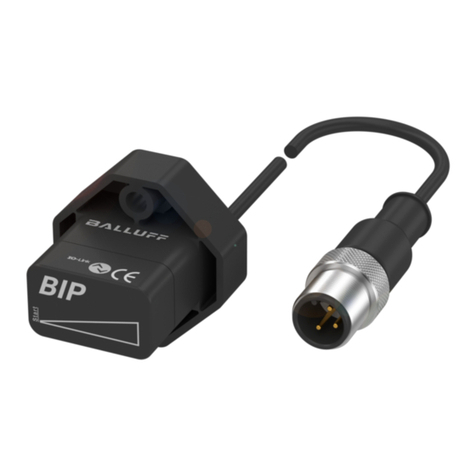
9
2. COMBINATION OFBOILER WITH WIRELESS ROOM PROBES.
After the electrical connection of the concentrator to the boiler, it is recom-mended to follow the steps below.
2.1 ZONE ASSIGNMENT TOWIRELESS ROOM PROBE
Verification of any association previously activated on the wireless probe:
1. Insert the batteries on the probe and press for 5 sec. the button on the probe.
-If the probe has already been previously Associated, the left and right LEDs will flash alternately => it is necessary to proceed with the rf
disassociation (see RF Disassociation operations).
-If it is NOT Associated, the LH LED will start flashing (Right LED off) => move on to the next step of this procedure for zone
assignment to wireless room probe.
Zone assignment to wireless room probe:
1. Make sure you have correctly made the electrical connections between the concentrator and the boiler and have inserted the batteries
on the wireless probe.
2. Power the boiler and access the Menu. For more details on menu navigation and access commands, see the boiler instruction manual.
3. Implement recognition as "Service" (On the Menu\General Settings\Access level page, enter code 1122 and select access as Service).
4. Access the Zone menu.
5. Select the zone to which the room probe shall refer.
6. Enter the Configuration \ Room Probe menu.
7. Select Type = RF.
8. Set the M3 address of the concentrator to which you want to associate the wireless probe: the M3 address is defined by the position of
the switches on the card inside the concentrator (default 0).
9. Press OK => a confirmation window will appear with the text "Do You want to confirm the operation?".
10. Accept the confirmation request by pressing OK; after this action the display shows "Status ..." (association in progress) and on the
concentrator the left LED flashes (waiting for association)
11. Within 30 seconds, move to the probe to be associated and press the central button for 5 seconds. When the LH LED flashes, briefly
press the button again (1 second).
12. On the probe, once the operation has been completed correctly, the 2 left and right LEDs will be flashing alternately for 10 sec.. Then
the number of the associated zone will be indicated on the left LED through flashes, but with the right LED steady. If the operation is
not completed correctly, the two LEDs will be flashing at the same time for 5 seconds and the text "No-Link Status" shall appear on the
display (it is therefore necessary to repeat the operation)
13. On the Display, once the operation has been completed correctly, the room probe status appears as "ok".
Attention: with a short press, if it lasts more than 1 second, the operation is unsuccessful.
2.2 DISPLAYABLE INDICATIONS ONTHE “BOILER DISPLAY MENU” UNDER THE ITEM "ROOM PROBE STATUS”
The following items appear in the Room probe association window
•Status= Err: configuration error; on the concentrator the association se-quence was not successful. Repeat the association sequence.
•Status = No link: error on RF association between probe and concentrator; it may also appear with low battery. Check wireless probe
operation and repeat the association sequence.
•Status = - - : indicates the waiting for configuration; if it is maintained for a long time during the association sequence, check the
connection between concentrator and boiler.
•Status = … : indicates “association in progress” mode
•Status = ok: indicates the correct association between wireless probe and the zone to be checked.
